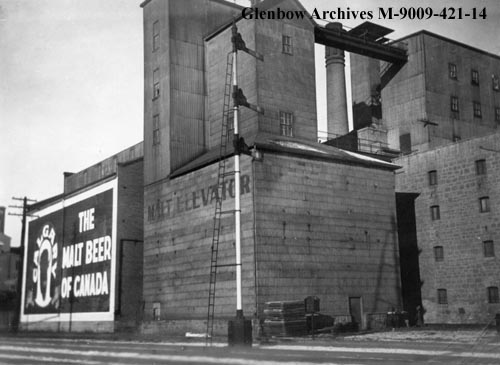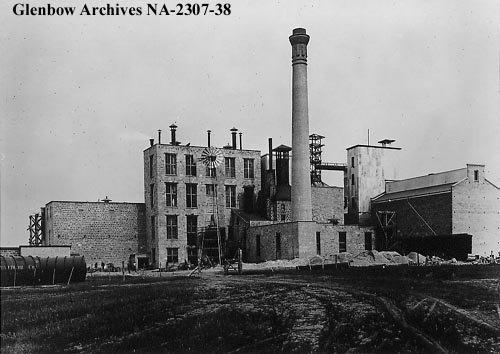History
Prior to 1875, the land surrounding the forks of the Bow and Elbow Rivers was the home of the Blackfoot Nation which comprised approximately 10,000 Sarcee, Blood, Peigan and Blackfoot people. Many of the indigenous names for Calgary refer to the confluence of the Elbow River and the Bow River. This “elbow-like” curve at the confluence was for centuries, an important trading and gathering place for First Nations. Seen clearly from the pathway connector bridge to Inglewood just east of Fort Calgary, the confluence was known by many First Nations as the word for “elbow” including the Blackfoot word Moh-kíns-tsis-aká-piyoyis, (meaning “elbow many houses”) , the Stoney word Wincheesh-pah, the Cree word for elbow, Otos-kwunee, and the T’suu T’ina word Kootsisáw.

Present
The pedestrian- friendly neighbourhood has much to offer from local shops, restaurants and bars, combined with character homes off Ninth Avenue and a beautiful river pathway system.
Inglewood continues to be a vibrant, historic, pedestrian- oriented neighbourhood and home of many of Calgary’s iconic institutions, including 400 residential, institutional and commercial buildings constructed before 1914. Inglewood vibrancy is directly connected to low, human-scale building heights and its village vibe. Inglewood was designated by the Canadian Institute of Planners as Canada’s Greatest Community in 2014.

Trade
From 1840-1866 American trading parties made seasonal forays into the Bow River country, collecting buffalo robes and furs and returning to their permanent forts on the Missouri River.
With the arrival of the NorthWest Mounted Police to deal with the whiskey trade ( exchanging American whiskey for furs) that flourished after 1866, a permanent settlement was established east of the Elbow River. This included the Bow River Post constructed by the Hudson Bay Company of logs and whip-saw lumber. And a number of one-room log houses built by Metis employees of the HBC. Two original Metis cabins still exist in good condition, the Hunt House and the Calgary Brewery Shanty.
From 1866, the population of the area east of the Elbow grew, with increasing numbers of Metis and ex-Northwest Mounted Police, including Louis Roselle, Captain Cecil Denny and Colonel James Walker.
Inglewood, established in 1875 as East Calgary, is Calgary’s oldest neighbourhood. It was named after the homestead of Colonel Walker.
With this distinction, there is a huge footprint of heritage and character buildings, from gorgeous Edwardian commercial buildings like the Burn Block, to community resource buildings like the Romanesque Revival East Calgary Telephone Exchange.
Just north of Inglewood is the Calgary Zoo and St.Patrick’s Island, and just to the west is Fort Calgary. Many of Inglewood’s businesses are on Ninth Avenue, formerly known as Atlantic Avenue. Many others are on adjacent streets, that are also great places to look for iconic buildings like the Livery barn, the National Hotel (home of famous restaurant The Nash) , as well as Crown Surplus. Ninth Avenue was the first main street in Calgary and still possesses some of the best architecture of any main street in Calgary.

